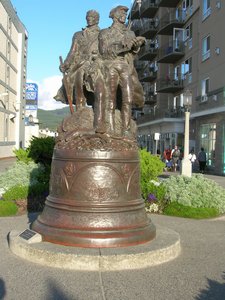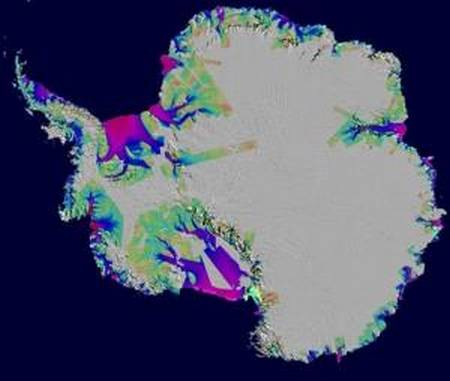7. Seaside
 Friday Sept. 16, 2005. From Astoria I retrace my steps to 101, figuring to make my way down to Florence, where I would turn inland, but not caring how or when I got there. A sign catches my attention, and I turn off toward the sea. At the end of the road is a parking lot and beach access, and I spend a good while on that wide, flat, gritty beach, with its backdrop of dark blue sky and ever-changing, delightful clouds. Across from the lot is a Vacancy sign, and so I spend the afternoon on the beach and the night in a rented condo unit whose windows open up to the sea

